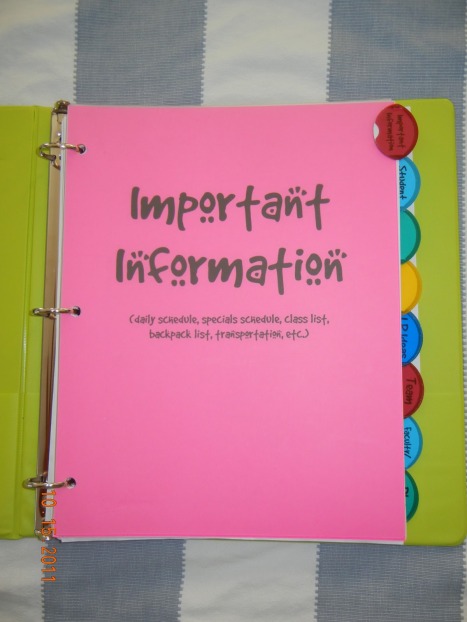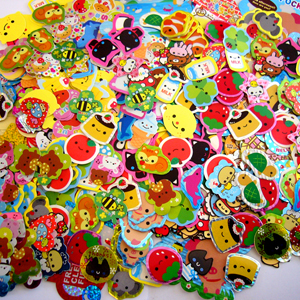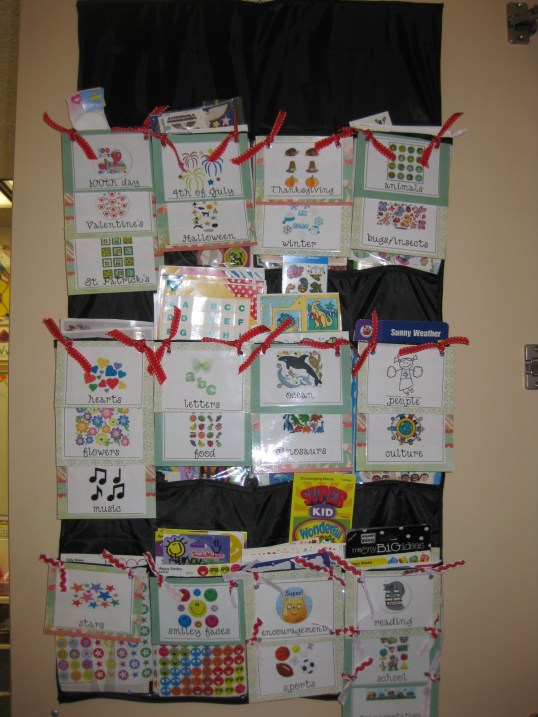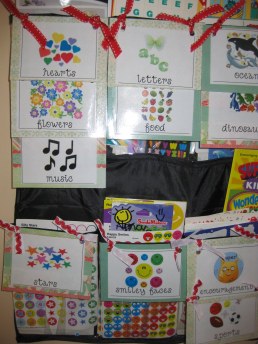Comment on this post and be entered to win a $20 School Box gift card. Just for sharing a lil’ ol’ comment.
In this series, we’ve compiled our favorite classroom organization ideas to share with you. We shared a great idea for teacher toolboxes in the first post here. And a great idea for over-the-door shoe organizers here.
And now here’s another winner: a teacher organizational binder that will be your new BFF.
This idea is from Jenn Rivera, a third grade bilingual teacher and blogger at Beyond the Grades. Thanks, Jenn! LOVE this!
Inside pocket: a small monthly calendar book.
TABS:

Important Information: schedules, class list, transportation. All very handy stuff for a sub.

Student Data: This section is extra handy. I keep contact information, conference times, assessment scores (important ones not all).
I use this student information sheet in my student data section. It’s from Busy Teachers Cafe. Click the link or the picture; it’ll take you directly to a downloadable pdf.

Calendars: Curriculum calendar and testing calendar.

Grades: I keep the district’s grading requirements as well as a spreadsheet with my grades for the 9 weeks. No more grading book!

Lesson Plan Ideas: A place to keep those great lesson ideas that you hear/print/pin but haven’t incorporated, yet!
The next three sections are where I keep documentation and notes from various meetings:




Back Pocket: I keep an EZ Grader for grading at home. {Find one here.}
Click here for the font used on cover sheets.
Substitute Teacher Binder
Jenn’s teacher binder is so great, we thought it would be a good idea to create a substitute teacher section or binder to accompany it. The sub binder could be kept in a separate binder or it could simply be a section all to itself within your teacher binder. And, of course, since cute is always better, we particularly favored this adorable FREE printables pack from Think-Share-Teach.
Click the picture to access a downloadable file of these cutie pages:
 She also offers a pink version and a purple version. (Yes, she’s that cute.)
She also offers a pink version and a purple version. (Yes, she’s that cute.)
Have you picked up some good organizational ideas from our series? Sure hope so. If you have great ideas of your own, consider writing a post for A Learning Experience. You can learn how to submit your idea here. If we publish your idea, you score fame, publicity and a $35 School Box gift card. Woot!

























